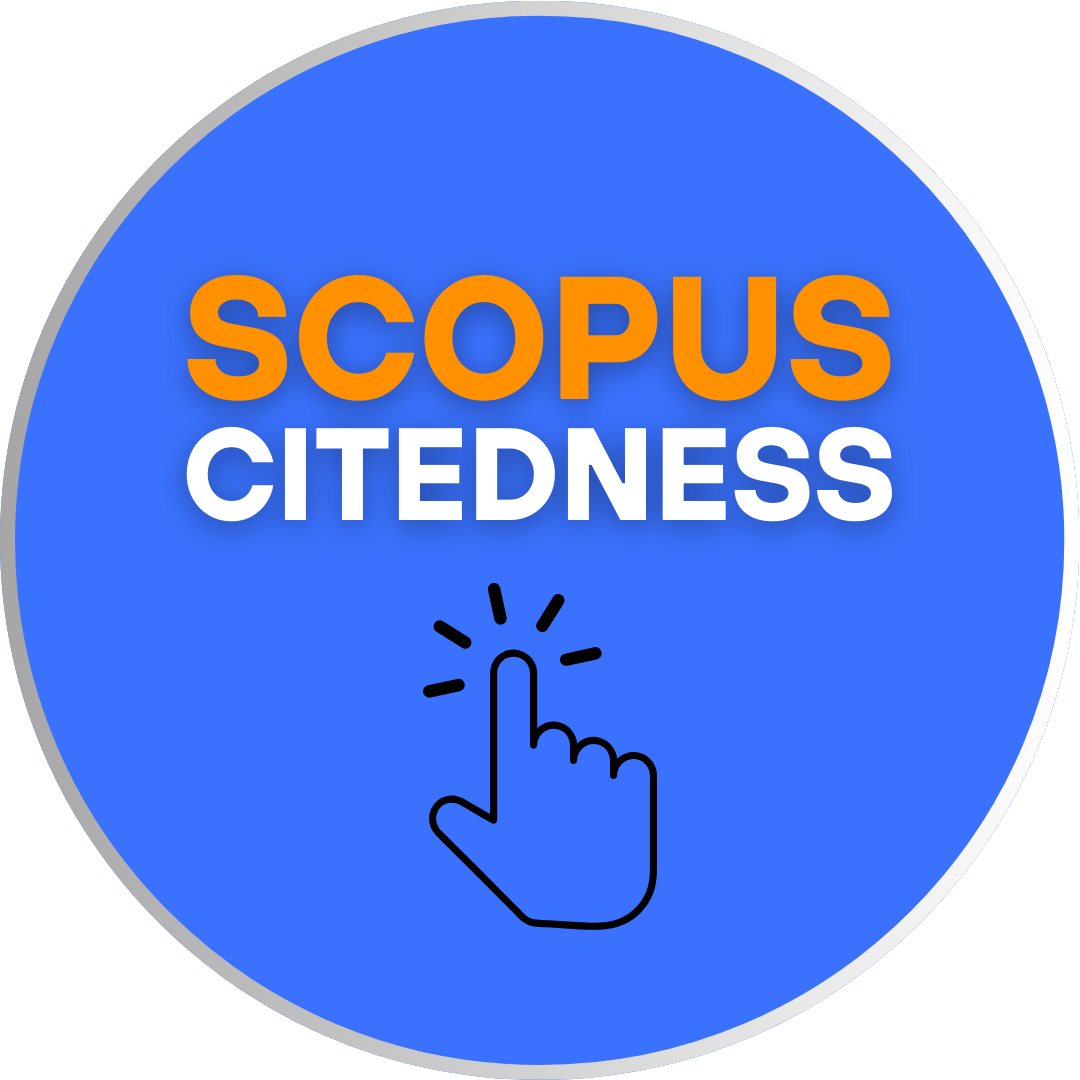An Analysis of Theoretical Review of Generative Grammar in Contemporary Linguistics
DOI:
https://doi.org/10.18592/let.v15i1.16442Keywords:
Generative Grammar, Linguistic Theory, Universal GrammarAbstract
This article presents a theoretical analysis of Generative Grammar and its relevance in contemporary linguistics. The discussion begins with an overview of the origins of Generative Grammar, particularly the contributions of Noam Chomsky, who introduced the idea that language is a mental capacity governed by an internal system of rules known as Universal Grammar. Utilizing a qualitative analytical method, the article synthesizes and compares primary theoretical contributions and critiques from various linguistic schools to assess the current status and applicability of Generative Grammar. The analysis reveals that Generative Grammar continues to play an important role in linguistic theory, especially in understanding syntactic phenomena and language acquisition.References
Abdul, C. (2012). Linguistik umum. Jakarta: Rineka Cipta.
Aziz, A. (2009). Psikolinguistik Pembelajaran Bahasa Arab. Bandung: Humaniora.
Bagha, K. N. (2009). Generative Grammar (GG). Management and Labour Studies, 34(2), 291–304. https://doi.org/10.1177/0258042X0903400208
Barsky, R. F. (1998). Noam Chomsky: A life of dissent. Mit Press.
Barsky, R. F. (2011). Zellig Harris: from American linguistics to socialist Zionism. MIT Press.
Bauer, C. (1978). A reflection on universal grammars. Synthese, 37, 239–251.
Berwick, R. C. (1984). Strong generative capacity, weak generative capacity, and modern linguistic theories. Computational Linguistics, 10(3–4), 189–202. http://dl.acm.org/citation.cfm?id=970175
Braine, M. D. S. (1994). Is nativism sufficient?[*]. Journal of Child Language, 21(1), 9–31.
Chomsky, N. (2014). Aspects of the Theory of Syntax (Issue 11). MIT press.
Edelman, S. (2003). Generative grammar with a human face? Behavioral and Brain Sciences. https://doi.org/10.1017/s0140525x03300159
Fishman, J. A. (1972). The sociology of language: An interdisciplinary social science approach to language in society. Newbury House Rowley, MA.
Fortis, J.-M. (2012). De la grammaire générative à la linguistique cognitive : retour sur un basculement théorique. Histoire Épistémologie Langage, 34(1), 115–154. https://doi.org/10.3406/hel.2012.3239
Freidin, R. (2016). Generatif Grammar: Theory and its history (Vol. 4, Issue 1).
Gumperz, J. J., & Cook‐Gumperz, J. (2008). Studying language, culture, and society: Sociolinguistics or linguistic anthropology? Journal of Sociolinguistics, 12(4).
Halliday, M. A. K. (1993). The act of meaning. Language, Communication, and Social Meaning, 7–21.
Higginbotham, J. (1982). Noam Chomsky’s linguistic theory. Social Research, 143–157.
Klingvall, E., & Manninen, S. (2023). Generative Grammar. In The Encyclopedia of Applied Linguistics (pp. 1–9). https://doi.org/https://doi.org/10.1002/9781405198431.wbeal0449.pub2
Krashen, S. (1981). Second language acquisition. Second Language Learning, 3(7), 19–39.
Lakoff, G. (1969). On derivational constraints. Proceedings from the Annual Meeting of the Chicago Linguistic Society, 5(1), 117–139.
McNeill, D. (1966). A study of word association. Journal of Verbal Learning and Verbal Behavior, 5(6), 548–557.
Mehrpour, S., & Forutan, A. (2015). Theories of first language acquisition. Journal of Language, Linguistics and Literature, 1(2), 30–40.
Miles, M. B. (1994). Qualitative data analysis: An expanded sourcebook. Thousand Oaks.
Ogawa, Y. (2001). Introduction and Theoretical Assumptions. In A Unified Theory of Verbal and Nominal Projections (pp. 3–19). Oxford University PressNew York, NY. https://doi.org/10.1093/oso/9780195143874.003.0001
Poedjosoedarmo, S. (1984). Pengantar Sosiolinguistik. Yogyakarta, Sanata Dharma.
Polkinghorne, D. E. (2005). Language and meaning: Data collection in qualitative research. Journal of Counseling Psychology, 52(2), 137.
Sampson, G. (1980). Schools of linguistics. Linguistics, 410(9), P61.
Saville-Troike, M. (1973). Bilingual Children: A Resource Document Prepared for Child Development Associate Consortium, Inc.
Saville-Troike, M. (2008). The ethnography of communication: An introduction. John Wiley & Sons.
Senft, G. (2009). Bronislaw Kasper Malinowski. In Culture and language use (pp. 210–225). John Benjamins Publishing Company.
SHI, D. (n.d.). The Theoretic Foundations of Generative-Transformation Grammar. https://doi.org/10.3969/j.issn.1004-5139.2007.04.002
Shohamy, E. (1995). Performance assessment in language testing. Annual Review of Applied Linguistics, 15, 188–211.
Susiawati, W. (2019). Al-Jurjani Versus Chomsky. Publica Indonesia Utama.
Taylor, D. S. (1988). The meaning and use of the term ‘competence’in linguistics and applied linguistics. Applied Linguistics, 9(2), 148–168.
Downloads
Published
How to Cite
Issue
Section
License
Copyright (c) 2025 Rahil Helmi, Inas Ghina, Dinda Destari, Sameer Rashid Bhat

This work is licensed under a Creative Commons Attribution 4.0 International License.
Authors who publish with this journal agree to the following terms:
- Authors retain copyright and grant the journal right of first publication with the work simultaneously licensed under a Creative Commons Attribution License that allows others to share the work with an acknowledgement of the work's authorship and initial publication in this journal.
- Authors are able to enter into separate, additional contractual arrangements for the non-exclusive distribution of the journal's published version of the work (e.g., post it to an institutional repository or publish it in a book), with an acknowledgement of its initial publication in this journal.
- Authors are permitted and encouraged to post their work online (e.g., in institutional repositories or on their website) prior to and during the submission process, as it can lead to productive exchanges, as well as earlier and greater citation of published work.
LET (LINGUISTICS, LITERATURE, AND LANGUAGE TEACHING) http://jurnal.uin-antasari.ac.id/index.php/let/index licensed under a Creative Commons Attribution 4.0 International License.
















